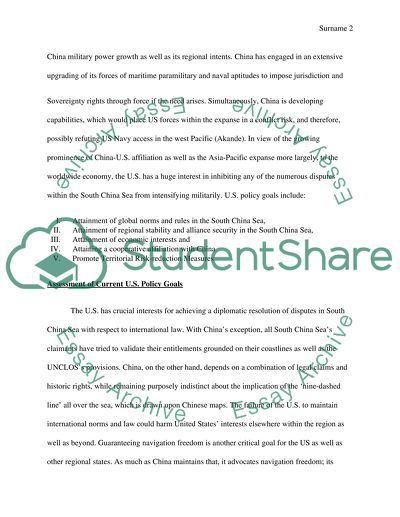Cite this document
(“U.S. Policy regarding the South China Sea (SCS) Essay”, n.d.)
U.S. Policy regarding the South China Sea (SCS) Essay. Retrieved from https://studentshare.org/history/1472579-us-policy-regarding-the-south-china-sea-scs
U.S. Policy regarding the South China Sea (SCS) Essay. Retrieved from https://studentshare.org/history/1472579-us-policy-regarding-the-south-china-sea-scs
(U.S. Policy Regarding the South China Sea (SCS) Essay)
U.S. Policy Regarding the South China Sea (SCS) Essay. https://studentshare.org/history/1472579-us-policy-regarding-the-south-china-sea-scs.
U.S. Policy Regarding the South China Sea (SCS) Essay. https://studentshare.org/history/1472579-us-policy-regarding-the-south-china-sea-scs.
“U.S. Policy Regarding the South China Sea (SCS) Essay”, n.d. https://studentshare.org/history/1472579-us-policy-regarding-the-south-china-sea-scs.


